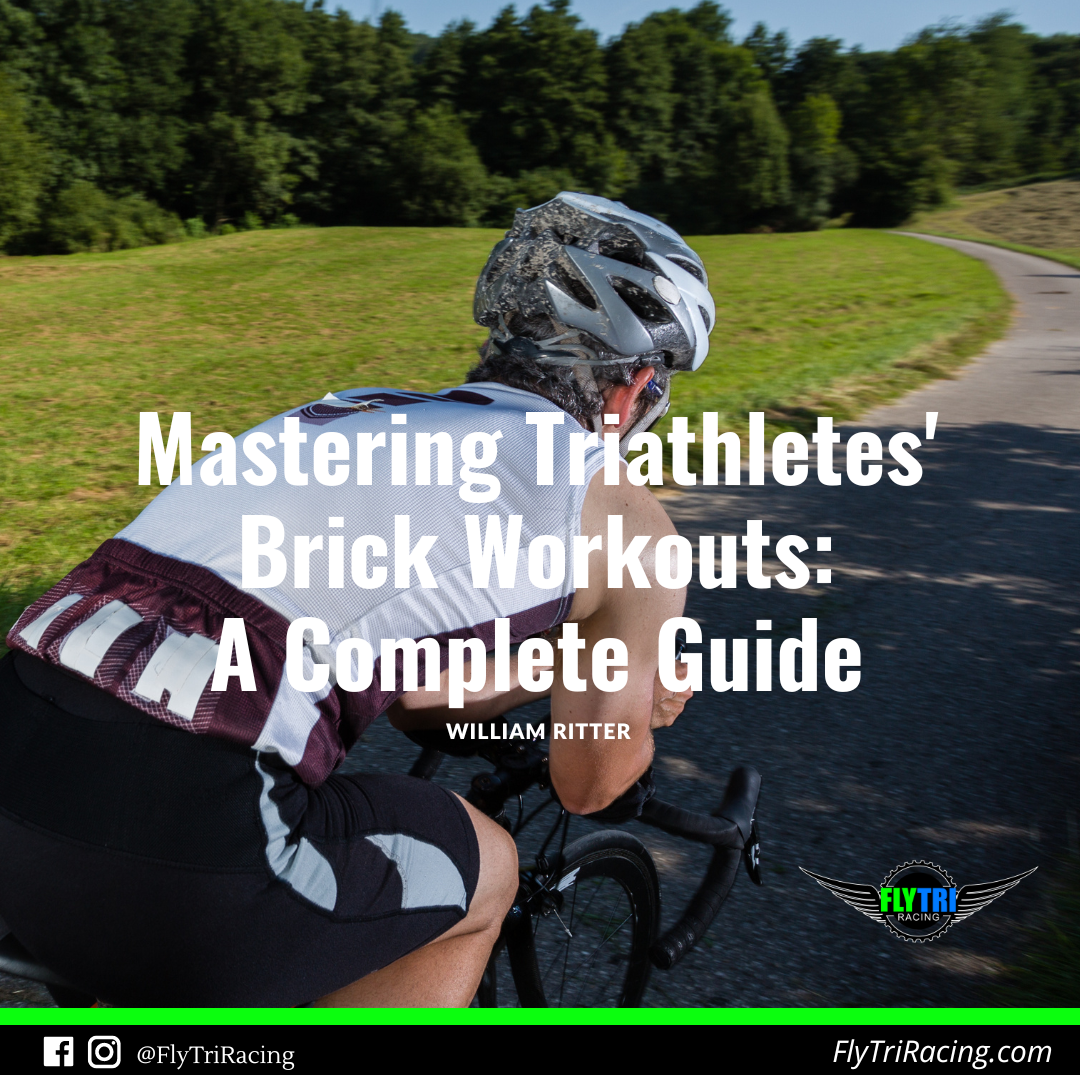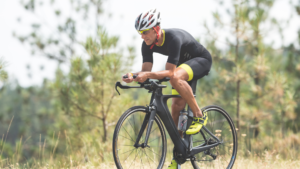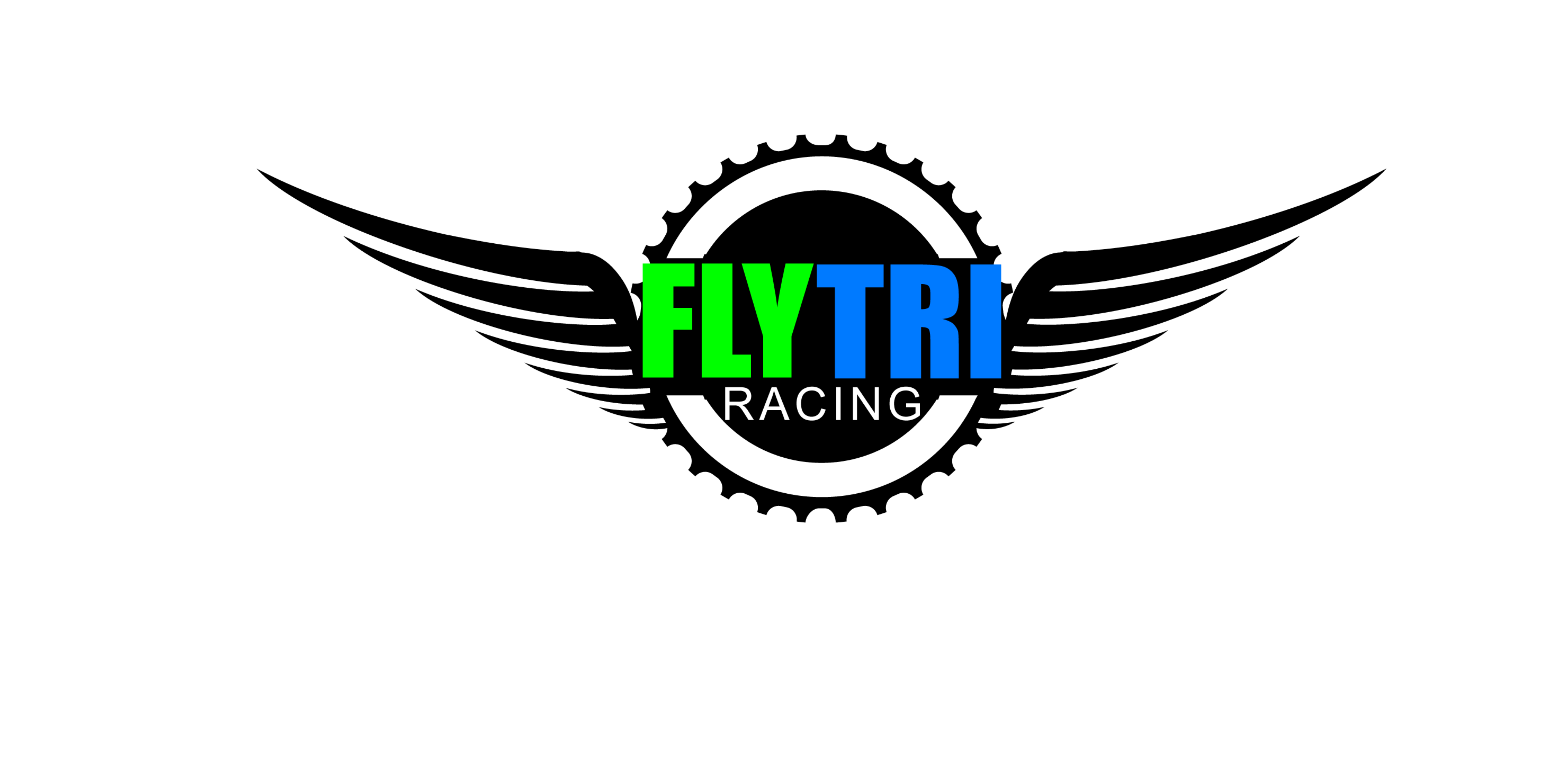Introduction:
A seasoned triathlete may know that training requires a little more than just mastering swim, bike, run as individual disciplines. We need to think of triathlon as one sport instead of 3 sports. It’s important that you become efficient in the swim and bike, so you can still have a strong run. Brick sessions, aptly named for the heavy sensation of having “bricks” in the legs when running off the bike. However, this “brick” session was coined after Dr. Matt Brick. Brick sessions are crucial for triathletes to do in training to be able to perform well in races. In this guide, we delve into the essence of brick workouts, exploring their significance, structure, and practical applications in preparing triathletes for the multifaceted challenges of race day.
What is a brick session?
A brick session named after Dr. Brick when writing about his bike to run and run to bike session when training for duathlons. A brick session consists of two or more sessions that are completed back to back. They can be swim to bike or the most popular, a run to bike, used to describe the wobbly leg feeling running off the bike. Including brick sessions allows the body to adapt from going from one discipline to the next and of course getting used to jello-feeling legs coming off the bike. Your brick sessions should start to become more race-specific the closer to your event. Also, brick sessions allow you to include more short and sweet frequency in your training without taking up a lot of time.
Why are Brick sessions important?
A triathlon in of itself is one sport made up of swim to bike to run. This way, you get used to starting with a higher heart rate, fatigued arms, and jelly legs for the run. Completing back-to-back workouts like swim to bike or bike to run helps you comprehend how your body will respond in a race situation. This information can help you adjust your training plan or pacing strategy to ensure you are able to complete your event or need to adjust your time goals.
Therefore, it’s important to practice brick training often to be efficient at transitioning one to another. To improve your efficiency as your season progresses, your brick session should look more race-specific by including some intervals at race pace. For example, your bike may include 3 x 15 minute intervals at your 70.3 watts with a 5 minute recovery between then a run of 3 x 1 miles @ 70.3 pace with 3 min recovery jog between each. As you progress, these lengths can get longer then decrease the rest, a combination of increasing the length and decreasing the rest of what you can currently handle will work best. By including some race specificity in training, you will allow yourself to improve your overall race performance.
Examples of brick sessions.
There are several combinations of brick sessions including:
A: Swim to bike brick. Can be beneficial, especially for short-course athletes that are doing sprint triathlons, but also long-course athletes. You can set up your trainer at the pool or by the lake. As your training progresses, you will want to do some race-specific training intervals in the swim and on the bike. The main con of this is it’s less convenient hauling your bike trainer and some facilities may not let you set up your bike near the pool.
Example: 3 x 200’s at race pace with deck ups after each one, with a dive or jump back. Then practice your transition to the bike. Then do 15 min at threshold on the bike.
B: Bike to run brick. These are the most common bricks that triathletes use to train their legs to get used to their jelly legs during the first mile.
Example: 3 x 15 minutes at 70.3 effort then run 2 x 1 miles off the bike at your 70.3 goal pace. Practice your transition.
In addition, you can do multiple rounds of bike to run bricks. An example would be 5 x rounds at 5 min threshold bike, 800m run at threshold.
C: The full brick – swim to bike to run encompasses all the disciplines of a triathlon. These can be useful when you want to do an important simulation of an event a few weeks out from your goal race. For example, if your Ironman is about 6 weeks away, you may want to simulate the environment the best you can and do a 1-hour swim, 80 to 100-mile bike, and a 10-mile run. This will give you an opportunity to work out any kinks in equipment, practice your transitions, and nutrition. You can also do a full brick simulation for a sprint or Olympic triathlon in a similar manner, or make it just a fun interactive workout and mix it in with intervals at the intensity of your choice.
How to get the most out of your brick sessions?
When it comes to implementing bricks into your training, you should always start with short distances, easy paces, and build the volume and intensity gradually. Use brick sessions to also practice your transitions to improve your speed and efficiency through transitions. You’ll be surprised how quick and prepared you are come race day with being efficient and organized with your transitions. It’s an easy way to reduce your overall time and pass a few people in your age group. Being prepared and organized with your transition can also help reduce the pre-race nervousness because you are so well prepared. I encourage you to practice your transitions a couple of times a week intertwined with your normal training. The consistency and your persistence will pay off. I wish you the best in your upcoming races.

William Ritter
William Ritter, from Tyler Texas, enjoys working with athletes that are looking to improve their performance in triathlon or running. He specializes in coaching triathletes and runners of all abilities. Ritter’s coaching is extensive and focused on the individual athlete, blending the art and science of coaching. Ritter is the Head Coach at Fly Tri Racing with over 13 years of coaching experience and 27 years of competitive experience. Coach Ritter is a USA Triathlon Level II Short & Long Course Coach, USA Triathlon Level 1 Youth & Junior Coach, USA Track & Field Level II Endurance & Youth Coach and USATF Cross Country Specialist. Including a TrainingPeaks Level 2 and Power Certified Coach, Ironman U, Tri Sutto Coaching Certified, USA Triathlon, Cycling Coach.




